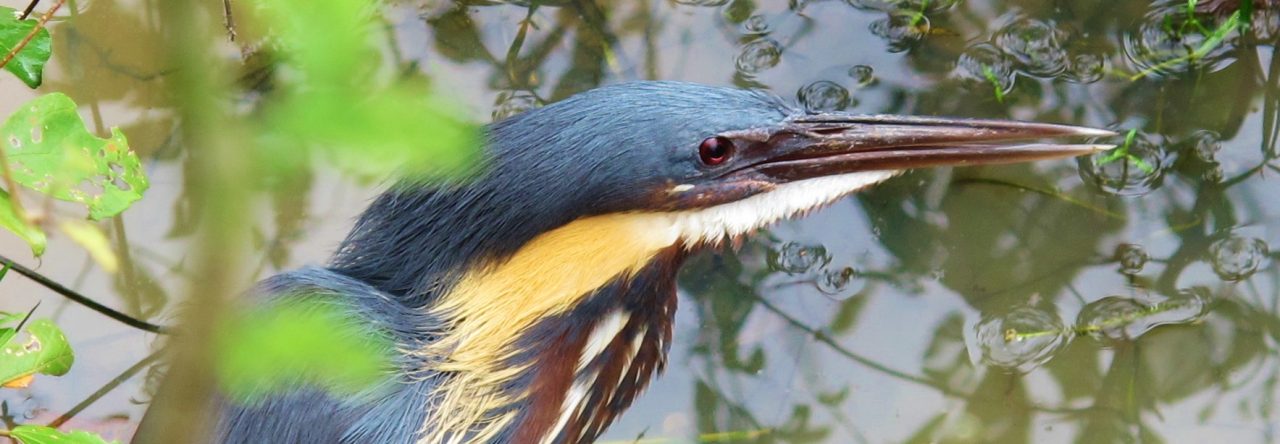
After a successful early morning at Huay Tung Tao lake, I decided to head to the Doi Pui national park. In most vehicles, this would involve a journey of about 35km on sealed roads. However, for those in the know and with suitable wheels, it is possible to get there on dirt tracks and woodland roads – it’s about 10km straight up the mountain, with some seriously steep sections and a lot of loose sand and rocks to contend with.
On arrival at the campground, I decided to hike to the summit – I had never actually been to the top of the 1,685m-high Doi Pui, and I reckoned there should be some birds to see along the way. It’s about a 4km round trip hike to the summit from the campground, the narrow trail passing through some excellent montane broadleaved forest, with some pines and slightly more open forest near the top.
As is often the case with birding, I didn’t see either of my “targets” – the rather tricky Green Cochoa and Long-tailed Broadbill, both of which I have seen before in the park. I did however make some excellent observations. Early in the walk, patience and persistence finally resulted in good views of an Eyebrowed Wren-Babbler foraging in the leaf litter, and a small flock of Eyebrowed Thrushes was also good to see. At the top, literally directly above the summit sign, a male Vivid Niltava was unusual in that it was a South-East Asia tick for me, but not a year tick (it’s a common montane bird in Taiwan but it’s the first time I’ve seen it in Thailand, where it’s a scarce winter visitor).
Heading down the mountain via a slightly different route, I had brief views of a pair of Silver Pheasants on the trail ahead of me. The male is stunning, almost pure white on the back and tail. Forest pheasants in Thailand are generally scarce and very shy, so this was a real star bird to see. A Scaly Thrush flushed from the trail and later seen perched on a low branch was another bird I never tire of seeing.
Finally, nearing the bottom of the trail, I not only saw a pair of Clicking Shrike-Babblers (year tick and only the second or third time I have seen this species), but I also found their nest – a really nice way to round off a very productive and enjoyable morning.
South-East Asia Tick: Vivid Niltava (total 650). 2015 Year Ticks: Eyebrowed Wren-Babbler, Silver Pheasant, Clicking Shrike-Babbler (total 416).














